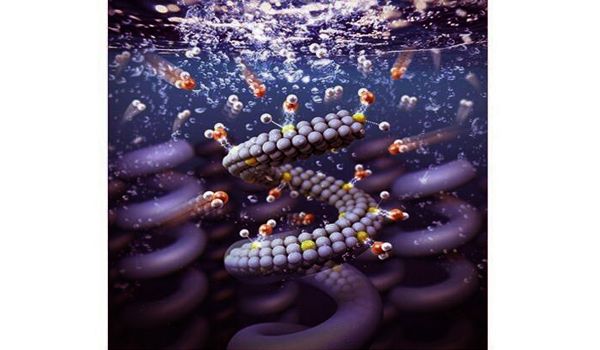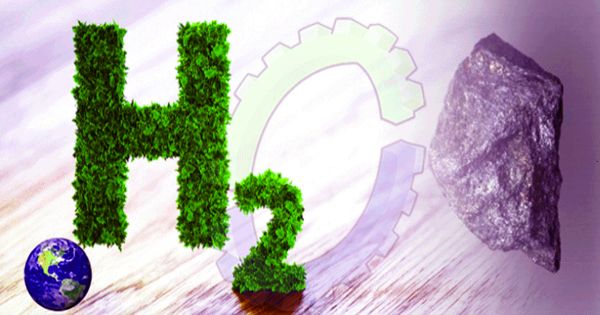Research to move away from fossil fuels and convert them to environmentally friendly and sustainable hydrogen energy is well underway around the world to solve the energy crisis and environmental problems. Recently, a research team at POSTECH has proposed a way to efficiently produce hydrogen fuel through water-electrolysis using cheap and readily available nickel as an electrocatalyst, green lighting the hydrogen economy era.
The research team designed a highly effective catalyst by combining earth-abundant nickel with a series of oxophilic metal transition elements to optimize the adsorption capabilities of alkaline HER. The team also demonstrated that the incorporation of oxophilic doping can effectively control the adsorption properties of the surface of Ni-based catalysts. This research is significant in that it provides the scientific foundation for the high performance and commercialization of a sustainable hydrogen energy conversion system.
Researchers proposed a way to efficiently produce hydrogen fuel via water-electrolysis using inexpensive and readily available nickel as an electrocatalyst, greenlighting the era of a hydrogen economy.
A POSTECH research team led by Professor Jong Kyu Kim and Ph.D. candidate Jaerim Kim of the Department of Materials Science and Engineering and a team led by Professor Jeong Woo Han and Ph.D. candidate Hyeonjung Jung of the Department of Chemical Engineering have jointly developed a highly efficient nickel-based catalyst system doped with oxophilic metal transition atoms and co-identified a nickel-based catalyst system. Recognized for their relevance, these findings were presented as the front cover paper for the Journal of the American Chemical Society.
A fuel cell is an eco-friendly power generation device that produces electricity using a chemical reaction in which oxygen (O2) and hydrogen (H2) produce water (H2O). During this process, the reduction of water electrolysis occurs as a counter-reaction that dissociates water to generate hydrogen fuel. This is known to be the most environmentally safe and sustainable way of producing high-purity hydrogen fuel in large quantities. However, it is costly and inefficient because it requires the use of precious metals as electrodes.

In order to reduce the unit cost of hydrogen fuel produced by water-electrolysis, it is essential to develop a highly active, stable, and inexpensive electrochemical catalyst capable of maximizing hydrogen production performance. To this end, the joint research team designed a highly effective catalyst by combining earth-abundant nickel with a series of oxophilic metal transition elements to optimize the adsorption capabilities of alkaline HER. The team also demonstrated that the incorporation of oxophilic doping can effectively control the adsorption properties of the surface of Ni-based catalysts.
In order to further enhance the HER activity of Ni-based catalysts, researchers have introduced a unique 3-dimensional (3D) nanohelix (NH) array, easily manufactured by an oblique-angle co-position method, for abundant surface active sites, efficient charging pathways, and open mass transport channels. They successfully manufactured highly active and stable Cr-incorporated Ni NH catalytic converters with excellent hydrogen production efficiency with reduced overvoltage more than four times compared to conventional nickel-based thin-film catalysts.
“This research is significant in that it provides the scientific foundation for the high-performance and commercialization of a sustainable hydrogen energy conversion system,” explained Professor Jong Kyu Kim, the author of the paper. “Core concepts of the design strategy and experimental methodology for efficient bimetallic electrocatalysts can be applied not only to water electrolysis, but also to fuel cells, carbon dioxide reduction, and photoelectrochemical systems. It is expected that securing this original technology will have significant ripple effects and technological expansion in the energy sector of the environment.”
Professor Jeong Woo Han, a co-corresponding author of the paper, added, “Computational chemistry has dramatically accelerated the reaction of water electrolysis by quickly finding bimetals capable of controlling the catalytic adsorption strength to allow the manufacture of bimetallic electrocatalysts using only non-precious materials.”















